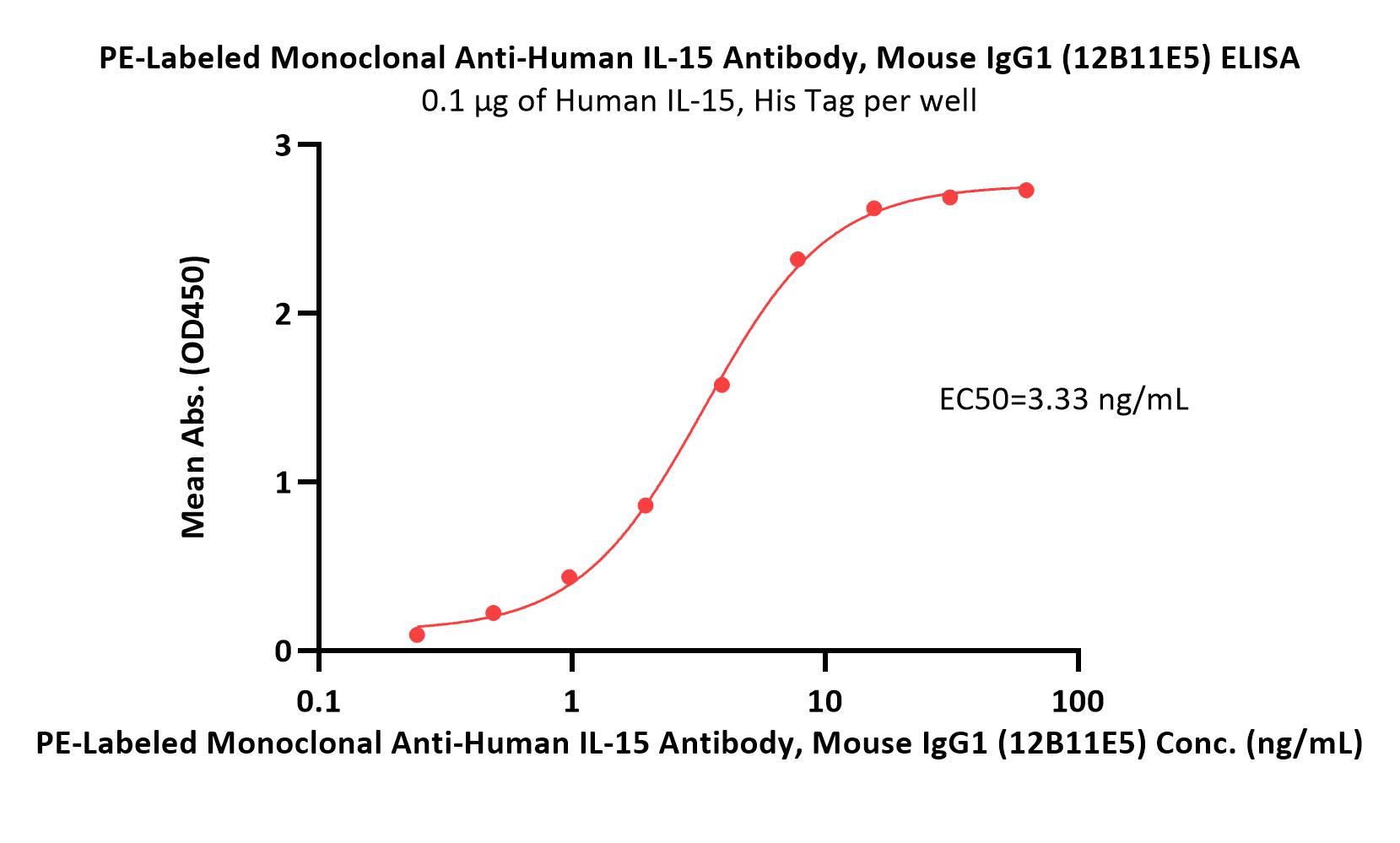Comparison of 46 Cytokines in Peripheral Blood Between Patients with Papillary Thyroid Cancer and Healthy Individuals with AI-Driven Analysis to Distinguish Between the Two GroupsBae, Bae, Oh
et alDiagnostics (Basel) (2025) 15 (6)
Abstract: Background: Recent studies have analyzed some cytokines in patients with papillary thyroid carcinoma (PTC), but simultaneous analysis of multiple cytokines remains rare. Nonetheless, the simultaneous assessment of multiple cytokines is increasingly recognized as crucial for understanding the cytokine characteristics and developmental mechanisms in PTC. In addition, studies applying artificial intelligence (AI) to discriminate patients with PTC based on serum multiple cytokine data have been performed rarely. Here, we measured and compared 46 cytokines in patients with PTC and healthy individuals, applying AI algorithms to classify the two groups. Methods: Blood serum was isolated from 63 patients with PTC and 63 control individuals. Forty-six cytokines were analyzed simultaneously using Luminex assay Human XL Cytokine Panel. Several laboratory findings were identified from electronic medical records. Student's t-test or the Mann-Whitney U test were performed to analyze the difference between the two groups. As AI classification algorithms to categorize patients with PTC, K-nearest neighbor function, Naïve Bayes classifier, logistic regression, support vector machine, and eXtreme Gradient Boosting (XGBoost) were employed. The SHAP analysis assessed how individual parameters influence the classification of patients with PTC. Results: Cytokine levels, including GM-CSF, IFN-γ, IL-1ra, IL-7, IL-10, IL-12p40, IL-15, CCL20/MIP-α, CCL5/RANTES, and TNF-α, were significantly higher in PTC than in controls. Conversely, CD40 Ligand, EGF, IL-1β, PDGF-AA, and TGF-α exhibited significantly lower concentrations in PTC compared to controls. Among the five classification algorithms evaluated, XGBoost demonstrated superior performance in terms of accuracy, precision, sensitivity (recall), specificity, F1-score, and ROC-AUC score. Notably, EGF and IL-10 were identified as critical cytokines that significantly contributed to the differentiation of patients with PTC. Conclusions: A total of 5 cytokines showed lower levels in the PTC group than in the control, while 10 cytokines showed higher levels. While XGBoost demonstrated the best performance in discriminating between the PTC group and the control group, EGF and IL-10 were considered to be closely associated with PTC.
Elevation of Plasma IL-15 and RANTES as Potential Biomarkers of Healing in Chronic Venous Ulcerations: A Pilot StudyBeneat, Rueda, Patel
et alBiomolecules (2025) 15 (3)
Abstract: Chronic wounds present a large burden to our healthcare system and are typically marked by a failure to transition out of the inflammatory phase of wound healing. Venous leg ulcers (VLUs) represent the largest portion of chronic wounds. A pilot study of eleven (11) patients with VLUs seen over a 12-week period was undertaken utilizing RNA sequencing of wound biopsies and plasma cytokine levels to determine if biomarkers could be identified that would distinguish between wounds which heal versus those that do not. Chronic wounds were found to have increased expression of genes relating to epithelial-to-mesenchymal transition (EMT), cartilage and bone formation, and regulation of apical junction. Plasma cytokine levels showed predictive potential for IL-15 and RANTES, which were found to increase over time in patients with healed wounds. Further research is needed to validate these biomarkers as well as additional study of other chronic wound models, such as diabetic foot ulcers (DFUs).
Changes of Cytokines in Aqueous Humor of Retinoblastoma with Intravitreal MelphalanZhou, Meng, Ren
et alRetina (2025)
Abstract: To explore the levels of cytokines in the aqueous humor (AH) of patients diagnosed with retinoblastoma (RB) who received intravitreal melphalan (IVM).A total of 28 eyes from 27 patients diagnosed with RB who received IVM were enrolled, along with 14 eyes from 14 patients with congenital cataracts as controls. The clinical features of the patients were recorded before and after IVM. 27 cytokines concentrations in AH samples collected from these patients were measured by a suspension array system.The levels of IL-8, IL-17A, Eotaxin, G-CSF, and PDGF-BB increased significantly following IVM administration in RB patients (p<0.05). Post IVM treatments, the levels of IL-5, IL-8, IL-9, IL-12p70, IL-15, IL-17A, G-CSF, IP-10, MIP-1α, PDGF-BB, TNF-α, and VEGF were higher in eyes that developed ocular toxicity than those eyes didn't (p<0.05). The ocular toxicity group received a higher cumulative dose and mean per dose of intravitreal melphalan. The elevated cytokines subsequent to IVM were associated with the number of treatments and cumulative dose of intravitreal melphalan.The results revealed a notable increase in cytokine levels subsequent to IVM interventions. Elevated cytokine concentrations in the eyes of RB patients post-IVM may be associated with ocular toxicities.
GNLY+CD8+ T cells bridge premature aging and persistent inflammation in people living with HIVWang, Zhang, Zhang
et alEmerg Microbes Infect (2025) 14 (1), 2466695
Abstract: People living with HIV (PLWH) exhibit accelerated aging, characterized by systemic inflammation, termed "inflammaging." While T-cell expansion is prevalent in PLWH, its connection to inflammaging remains unclear. In this study, we analyzed the TCRβ repertoire of 257 healthy controls (HC) and 228 PLWH, revealing pronounced T cell clonal expansion in PLWH. The expansion was only partially reversed following antiretroviral therapy (ART) and closely associated with ART duration, CD4+ T and CD8+ T cell counts and the CD4/CD8 ratio. TCR-based age modeling showed a continuous accelerated trajectory of aging in PLWH, especially in younger individuals, in stark contrast to the nonlinear aging acceleration pattern seen in HC. Furthermore, using single-cell RNA combined TCR sequencing and in vitro experiments, we identified GNLY+CD8+ T cells as the primary population driving clonal expansion and maintenance in PLWH. These cells are characterized by high cytotoxicity and low exhaustion and are activated by interleukin-15 (IL-15) in vitro. Notably, GNLY+CD8+ T cells predominantly express the pro-inflammatory 15 kDa form of granulysin(GNLY). The supernatant from IL-15-stimulated CD8+ T cells induces monocytes to secrete inflammatory factors and disrupts the integrity of intestinal epithelial cells, which can be partially restored by the anti-GNLY antibodies. These findings identify GNLY+CD8+ T cells as the central drivers of persistent clonal expansion, highlighting their crucial role for mitigating inflammaging in PLWH.
























































 膜杰作
膜杰作 Star Staining
Star Staining















